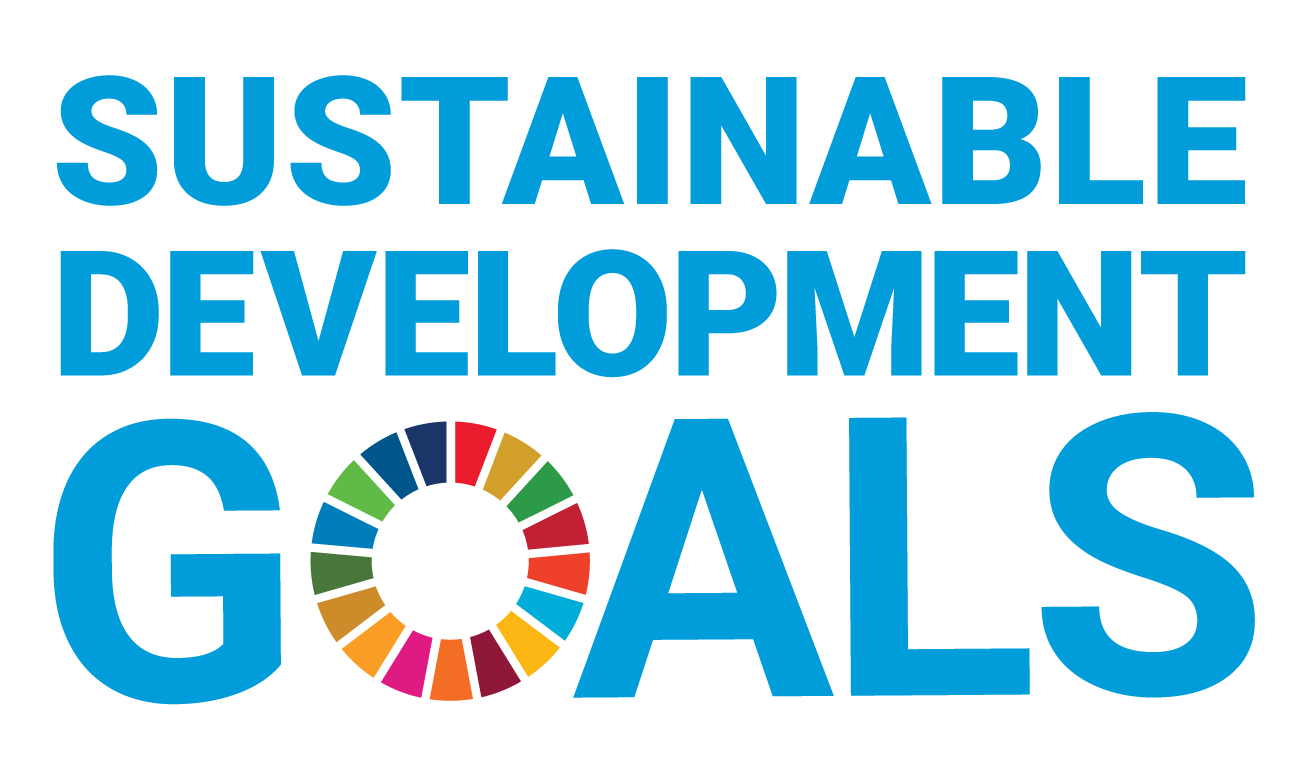A Checklist for Speech Success
You can search for courses, events, people, and anything else.
Western Sydney University research is trying to get a jump on dyslexia, identifying tell-tale signs before a child can even read.
“Dyslexia is commonly thought of as a learning disability, but it is really a different way of processing information,” says Professor Denis Burnham, founder of the MARCS BabyLab at Western.
Around 8% of the population has dyslexia, but if a baby has a parent with dyslexia, the likelihood of their developing dyslexia increases to 60%.
It has always been necessary to wait until a child starts to read before dyslexia can be diagnosed, but Burnham and his colleagues hope to change this by investigating the earliest signs of the onset of dyslexia in babies for the first time.
“We are not looking at literacy skills. Instead we are investigating auditory processing and perception abilities, starting with babies at five months. We follow them until they turn five to see if their early abilities can predict their eventual literacy skills,” says Maria Christou-Ergos, research assistant on the project.
In this study, babies were regarded as ‘at risk’ if they had one parent with dyslexia. The researchers have found that these babies process auditory information differently. The auditory index they use is called ‘rise time’ and this is the time it takes for sounds to reach maximum loudness. Consider, for example the sounds ‘baa’ and ‘wah’. The time it takes to get to maximum loudness is short for ‘baa’, but it takes much longer for ‘wah’.
Fellow researcher at Cambridge University, Professor Usha Goswami, had previously found that children with dyslexia are worse at noticing differences in rise-time than children without dyslexia. Having trouble mapping auditory information to visual cues later affects the child’s ability to learn to read.
“If babies don’t have all the auditory information worked out, then when they start to learn to read, they can’t map the sounds they already know to these new squiggles on the page, squiggles that we know as letters,” says Burnham.
Need to know
- Children at risk of dyslexia process auditory information differently.
- Mothers also speak differently to babies who are at risk of dyslexia.
- Babies at risk of dyslexia may convey cues about tone.
“Rise time had never been tested in infants. In our study we found that babies at risk for dyslexia don’t discriminate very well between rise-time differences, but other babies do,” says Burnham.
In addition, they found that rise-time discrimination ability is related to the degree to which parents exaggerate vowels when they speak to their baby (called vowel hyperarticulation). Parents naturally use hyperarticulation when speaking to babies. According to detailed measurements, the greater the vowel articulation by the parent, the better the baby is at differentiating rise times.
This is interesting because the researchers also found mothers interacting with babies at risk of dyslexia don’t use vowel hyperarticulation.
Burnham, along with another Western researcher who also works at the Basque Center on Cognition, Brain and Language, Dr Marina Kalashnikova, conducted a study in which mothers of at-risk infants and mothers whose infants were not at risk, talked to their own or another baby.
They found that mothers of at-risk babies did not hyperarticulate to any babies in the study.
Meanwhile, mothers whose babies were not at risk did hyperarticulate to their own baby, but, surprisingly, did not hyperarticulate to an at-risk baby. The researchers believe infants must provide some cue that prompts the adult’s hyperarticulating.
“This evidence suggests that babies are ‘telling’ their mothers to make the vowels nice and clear, and that at-risk babies appear to be conveying different information.
“The next research question is to find out what these babies want. Maybe there is something else they are ‘asking for’ but we don’t know yet,” says Burnham.
Fortunately, they have many willing participants to help answer this question. Research at the MARCS BabyLab has involved hundreds of children, including Nathan and Daniel. Their mother, Alix Madden says “I think it’s important to contribute to these things. This research benefits many people.”
Meet the Academic | Professor Denis Burnham
During PhD and a junior faculty position at Monash (1975-1981) and then later at UNSW (1981-1999), Professor Burnham researched infant perceptual development. He rode the exciting new wave of infant visual perception research in the 1970s and then was one of the first Australian punks in the 1980s to jump onto the equally, if not more, exciting newer wave of infant speech perception.
From the mid-80s and throughout the 90s he embraced cross-disciplinary research, working with experimental phoneticians and speech scientists, and in the late 80s he added the use non-English languages (Thai and then many others) as a tool in order to probe speech perception development not only over ontogeny, but also as a product of the mini-laboratories (called languages) so conveniently set up to allow natural manipulation of perceptual input.
After his appointment as inaugural Director of The MARCS Institute for Brain, Behaviour and Development in 1999, Professor Burnham's research focus on experiential and inherited influences in speech and language development continued to develop in – infant speech perception; auditory-visual (AV) speech perception; special speech registers, including ,infant-, pet-, foreigner-, computer-, and lover-directed speech; captions for the hearing impaired; tone languages – lexical tone perception, tone perception with cochlear implants, and speech-music interactions; human-machine interaction; speech corpus studies; and the role of infants' perceptual experience and expertise, in literacy development.
Related Articles
Credit
This research was supported by the Australian Government through the Australian.
© MARCS Babylab
Future-Makers is published for Western Sydney University by Nature Research Custom Media, part of Springer Nature.








